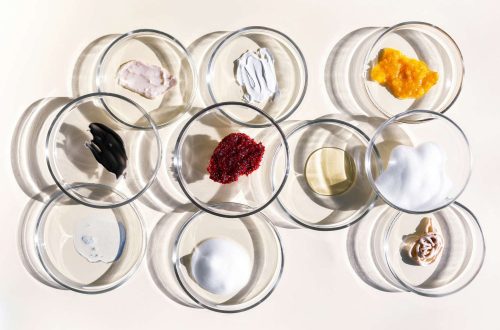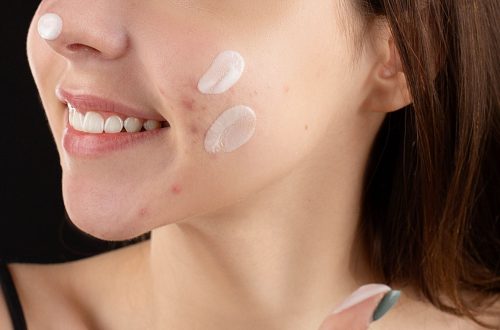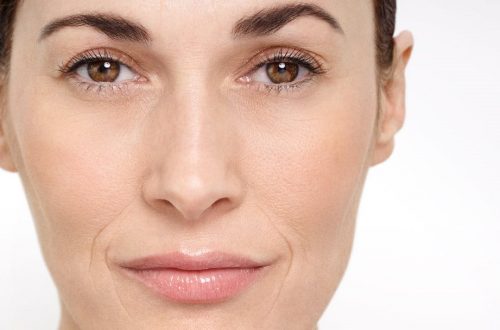Myths regarding the origins of acne
Many false beliefs are rooted in the causes of the disorder.
- Although there is little evidence that foods affect the cause and progression of acne in most people, chocolate and fatty foods are frequently blamed.
- Another common misconception is skin impurities bring on that acne; in actuality, poor hygiene has nothing to do with the development of blackheads or other acne-related symptoms.
- Although stress does not cause acne, it has been seen that it can exacerbate it in people who already have it.
- Acne cannot be spread.
Acne-prone individuals
Acne affects people of all ages and ethnicities, but it is more prevalent in adolescents and young adults.
80% of subjects between the ages of 11 and 30 are thought to experience some form of acne. Skin issues typically go away on their own with time, usually around 30; on occasion, though, they can linger into one’s 40s or 50s.
Acne and oily skin are other common issues for women with polycystic ovary syndrome. People who have acne frequently have a variety of lesions.
Simply put, a comedo is an enlarged and blocked hair follicle that is the underlying lesion.
The comedones are referred to as closed comedones and develop a white point (relief) if it stays beneath the skin.
It is referred to as an open comedo or, based on how it appears, a blackhead if it rises to the skin’s surface and opens. When sebum is exposed to air, it undergoes changes that give it its black color. It is independent of dirt. Both blackheads and whiteheads can persist for a very long time. Then, more annoyances could happen:
- the papules. inflammatory lesions that frequently take the form of small, pink bumps on the skin and can be uncomfortable to the touch.
- a pustule. Papules with white or yellowish pus-filled lesions on top and occasionally red bases.
- the nodules. Solid formations, large and painful, located in the skin, deep.
- Cyst: a deep, uncomfortable, pus-filled lesion that may scar.
Complications
Scarring is the most dreaded side effect of acne; any type of lesion can turn into a permanent mark, but it is more likely to occur when the more severe manifestations (nodules and cysts) burst and cause damage to the nearby skin.
Crushing and squeezing pimples can also leave scars, which is another reason why the practice is strongly discouraged.
Another significant, though frequently overlooked, the effect of acne is the potential for depression to arise as a result of the anxiety and stress the affected person—often an adolescent—experiences on a social level.


